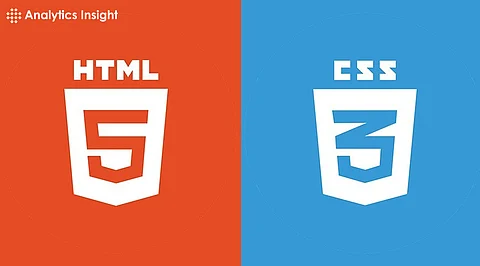

Web development is a dynamic field, and as we approach the year 2025, the anticipated release of HTML 6 and CSS 5 has sparked significant debate within the tech community. These upcoming versions are expected to enhance functionality and performance while providing developers with more user-friendly tools. Let’s explore the features and improvements that HTML 6 and CSS 5 promise to deliver and how they are shaping the future of web development.
HTML is the bedrock of the web and is receiving its most significant update since HTML5 was introduced in 2014. HTML6 is designed to build on and extend the legacy of its immediate predecessor while adapting to the ever-increasing needs of modern web applications.
HTML6 adds new tags intended to help in creating and maintaining web components. While using such tags like <layout> and <component>, the web applications are structured natively, which will, in future, decrease the complexity of required JavaScript frames.
HTML6 improves audio and video components owing to the native provision of rich multimedia features such as captions and annotations and enriched controls over the playback. This will make it easier to incorporate rich media into Websites. This should make it easier to incorporate rich media into Web sites.
The use of HTML6 pays attention to accessibility, giving more attributes such as the introduction of data-accessible and better ARIA roles. These tools will be easy to use in creating the inclusiveness of websites according to people with disabilities.
The introduction of HTML6 results in smarter form elements, built-in validation, and a few new input types that enable users to make conditional logic or forms more user-friendly without necessarily being reliant on JavaScript.
CSS5 complements HTML6 with a whole array of new features, making designing responsive, dynamic, and visually stunning websites easier than ever. It is an update that focuses more on improving workflow efficiency and giving developers more control over styling and animations.
Scoping of styles for a particular component is a much-awaited feature of CSS5, and the other components of the page remain unaffected. It does away with the hassle of massive class naming conventions.
CSS5 makes it possible to animate layouts directly with the CSS Grid. Developers can now work on the creation of dynamic and interactive user interfaces.
CSS Custom Properties now with nested variables, so variables become values for others. Finally, more sophisticated calculation options. The maintainability and flexibility will grow even higher in such massive project applications.
This version will also accommodate new color spaces LCH and LAB and allow for better control of rendering a proper and vivid picture. Its purpose is to enhance device capabilities and show colors better or exactly the same everywhere.
Expanding from media queries, container queries enable developers to base their styles on the size of a specific container and not the whole viewport. This makes the responsive design much more modular and flexible.
The HTML6 and CSS5 developments are bound to revolutionize the website and application development process. Reduced dependency on third-party libraries and frameworks is the empowerment that will give developers a faster, more efficient, and feature-rich project.
Additionally, the focus on accessibility, responsiveness, and performance matches the trend that users expect web applications to be accessible to everyone in the whole world. Built-in solutions in regard to multimedia integration, dynamic layout, and cross-device compatibility can make developers focus more on creativity and less on workarounds.
With any major update, developers must be up-to-date and ahead of the curve. They will learn the new features, which will influence their way of working. Keeping an eye on beta releases, joining developer forums, and experimenting with such tools will help make the change smoother when HTML6 and CSS5 go mainstream.
HTML6 and CSS5 bring a big leap in the development of web pages. They solve longstanding problems and create new opportunities to be seized. For web developers, these upgrades will streamline workflows, enable creativity, and set the new benchmark for building the web of the future.
